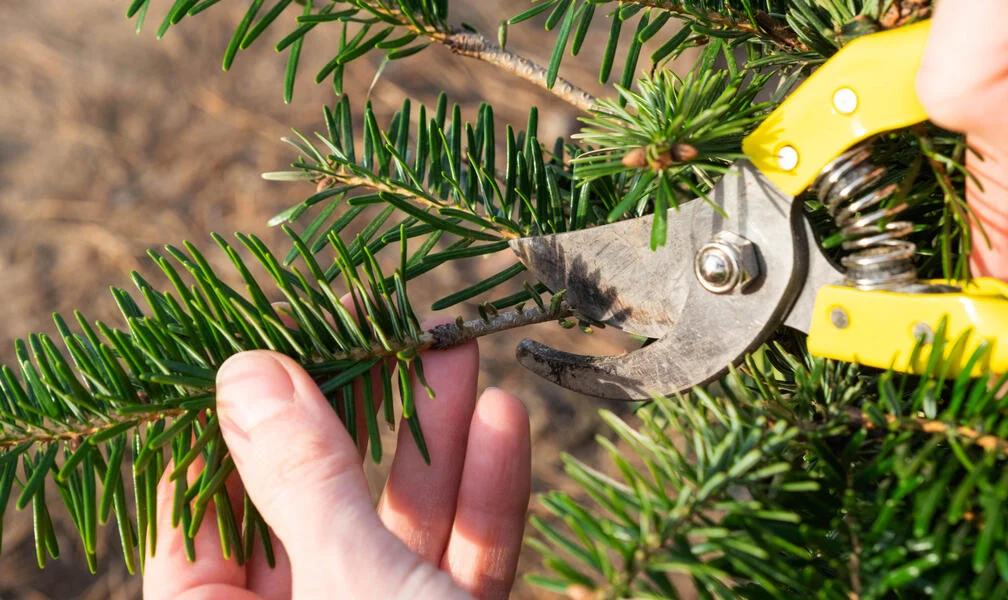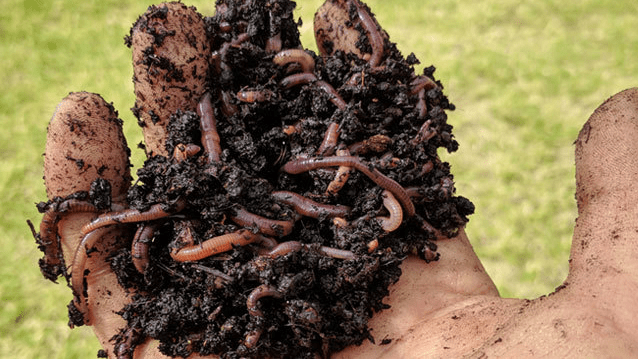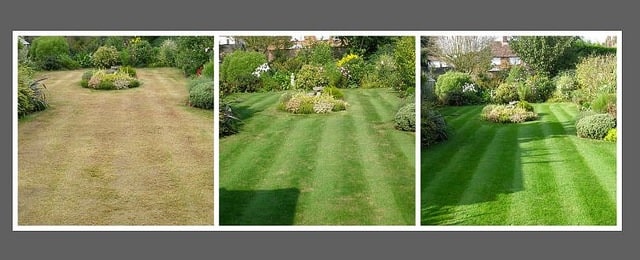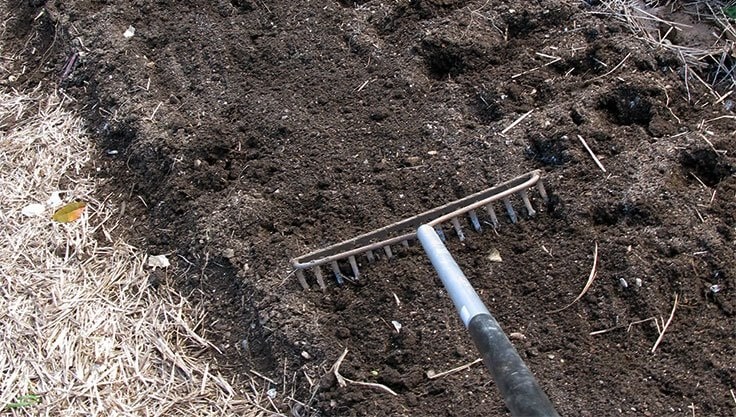Always Stay in the Green Zone! Tips for Pruning Firs and Their Many Varieties
If you have a fir tree in your garden, you’ll rarely need to reach for the shears. Firs and their many cultivars are beloved by gardeners: they are evergreen, make attractive standalone specimens, and with the right pruning, they can even be shaped into hedges. However, trimming is not essential—and if you do prune, always stay in the green zone. Fir trees do not have dormant buds that sprout again from bare wood. In addition to fir trees, gardeners often seek to enhance their landscapes with various flowering plants. For those interested in creating a stunning garden display, planting rambler roses tips can offer valuable insights into selecting the right varieties and optimal care practices. These climbing roses can beautifully complement the evergreen backdrop provided by fir trees, adding color and fragrance to the outdoor space. If you’re interested in cultivating your fir tree into a stunning miniature version, you might explore how to plant a bonsai. The technique requires careful attention to both root pruning and shaping over time to achieve that desired form. With patience and the right care, your fir bonsai can become an impressive addition to your collection.
Contents
Fir Tree Pruning: Key Points at a Glance
- Tree-like firs develop best without pruning.
- If the central leader (main shoot) is damaged, it must be replaced by training a new leading shoot.
- Rather than limiting a fir’s height by pruning, it’s better to choose a species or variety that naturally remains within your desired size.
- Dwarf firs grow without a dominant central leader and can be gently shaped.
- The best time to prune firs, including hedges, is in late spring.
Pruning Tree-like Fir Specimens
Freestanding, tree-shaped firs develop their natural form best without intervention, as most grow with a clearly defined central leader—a growth pattern known as monopodial. If this central shoot is pruned, the tree often responds by forming multiple competing leaders (called “forks”), growing arching or flattened tops. This not only disrupts the aesthetic but can also weaken the tree, making it more prone to snow or wind damage.
Pro tip: Choose a species that matches the size of your garden.
- The native silver fir (Abies alba) can grow up to 40 meters tall—best suited for parks.
- The variety ‘Pyramidalis’ only reaches around 5 meters.
- Balsam fir (Abies balsamea) and its dwarf forms stay naturally compact and don’t develop a prominent central leader.
Pruning Dwarf Firs
Dwarf firs like Abies balsamea ‘Nana’ generally do not need regular trimming. However, to maintain a compact shape, you can:
- Cut back new shoots by half with shears
- Alternatively, pinch back new growth in May using your fingers
Replacing a Damaged Fir Tree Leader
If the main shoot is damaged by snow or disease, corrective pruning may help:
- Trim back the dead or broken top.
- Train one or two lateral shoots upward by tying them to a vertical support stick.
- Or, redirect two strong side branches from the top whorl upwards.
- After two years, keep the stronger shoot as the new central leader, and remove the weaker one.
- Trim the side branches as needed to restore the tree’s pyramidal shape.
How to Prune a Fir Hedge
Firs also make attractive evergreen hedges, but be cautious:
- Only cut within green areas; bare branches won’t sprout again.
- In a fir hedge, the central leader must be pruned to control height.
- Side shoots will take over, helping to build a dense structure.
- Regular side pruning promotes a trapezoidal shape (wider base, narrower top).
- Avoid exposing too much bare wood to prevent bald spots.
When to Prune Fir Trees
The best time to prune firs is late spring.
Avoid trimming in summer or fall, as this can stress the tree.










